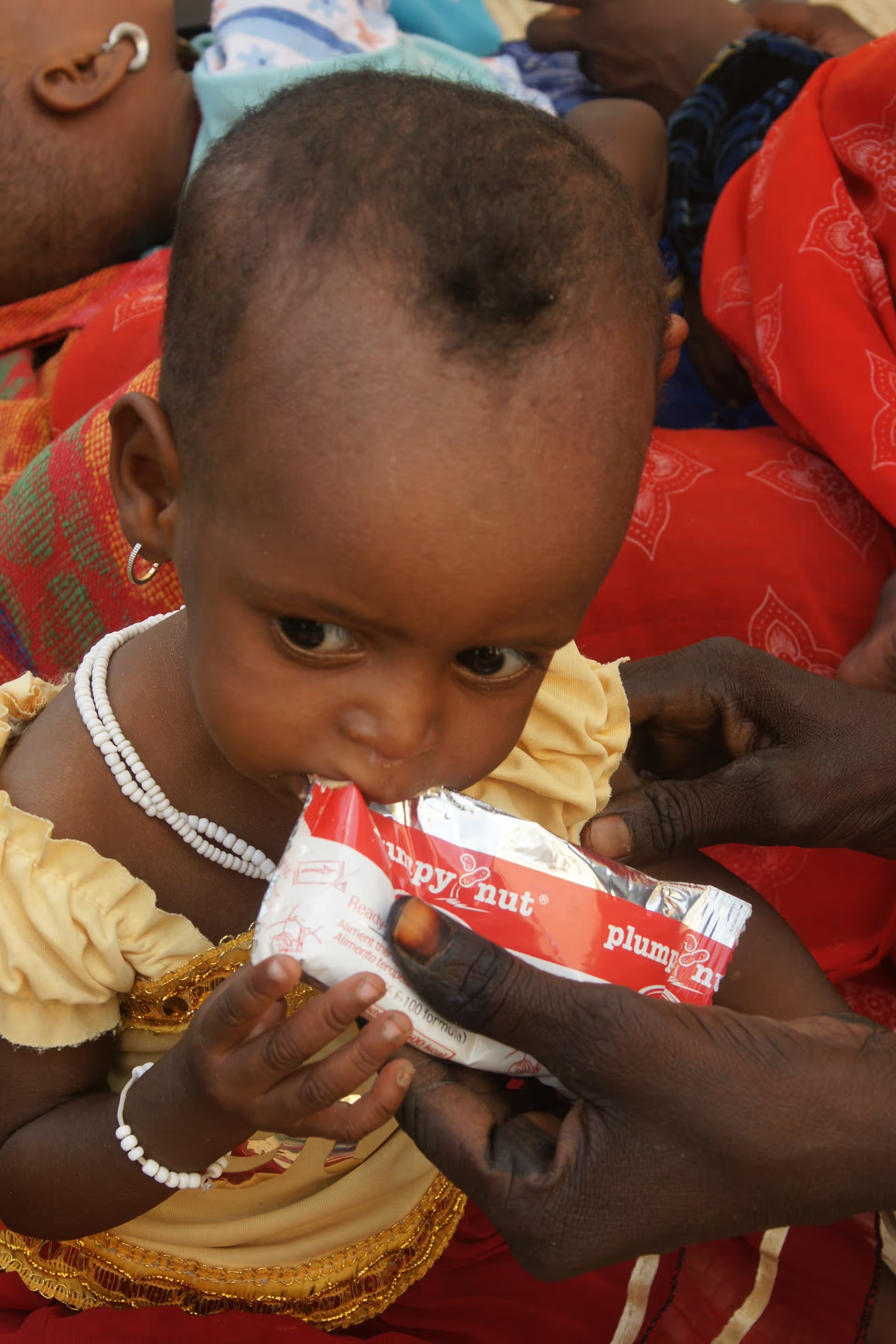A final look at the MANGO Project

The idea for this project was born in 2009 in Myanmar, where, because of a shortage of Ready-to-Use Therapeutic Food (RUTF) children suffering from severe acute malnutrition (SAM) had to be given a reduced dosage. As most responded well to it, this definitely called for further investigation.
Therefore, we designed project MANGO: Modelling an Alternative Nutrition protocol Generalizable for Outpatient.
With the support of HIF funding, as well as a contribution from EU humanitarian Aid (ECHO), we began to design a research project in collaboration with the University of Copenhagen and Centre for Disease Control and Prevention. Firstly, we had to collect and analyze current available data and then design a new dosage table.

What has been achieved so far:
- We wanted to create a large database: a data entry mask was designed, and data from our Outpatient Therapeutic feeding Programmes (OTP) in Afghanistan, Yemen, Burkina Faso, Chad and Myanmar was entered. This resulted in a global database of 11,590 treated SAM children.
Once having the database established, we began on cleaning the data, merging the datasets and doing first statistical analyses. We investigated the response to treatment of SAM children in terms of weight gain, outcome of treatment etc.
Lastly, we needed to develop a new dosage table: based on the response to treatment patterns observed within the database, we tentatively defined assumptions for RUTF dosage design. Using these assumptions in calculations to derive weight gain into energy needs for recovery of SAM children, we built 2 RUTF dosage tables. We aim to publish this in a scientific journal in 2016.

Now we are ready for the next step:
By the end of 2015, we were awarded a large grant from the Children's Investment Fund Foundation (CIFF) and we are currently launching a large research project in Burkina Faso. We will conduct a randomized clinical trial to test the effectiveness and cost-effectiveness of one new RUTF dosage table.
The research protocol was approved by Burkina Ethical Committee, staff are being recruited and trained, and enrollment of patients will soon start. We hope to have the first scientific results in 2018. The results of this study could change the treatment of SAM children in Burkina Faso, and after further pilots are conducted in other countries, globally. Potentially significant savings can be made, meaning more children can be treated. If so, this would mean national protocols for the treatment of SAM could be adapted. For this we will develop a research uptake strategy and we are already in contact with global and national key stakeholders to inform them and share the study lessons and findings.
What did we learn along the way?
As with most innovations, the path towards change is not always smooth. Our ambition to scientifically test an hypothesis in fragile states, working with vulnerable children, means we have to have a large dose of perseverance. Many steps took longer than expected. The quality of the data and the data entry was not always sufficient, needing more supervision and time than we originally planned.
Data gaps existed, as we required data not only from children who were cured, but from all children who were admitted in OTP to avoid selection bias looking at only cured ones. To further refine our assumptions and models we needed the help of a biostatistician. But the biggest contributor to success was the motivation of people having a shared vision and passion for making it work, despite setbacks. This was especially true of the staff of our mission in Burkina Faso, who were instrumental and one of the reasons why this country was selected for the large research study.
Stay updated
Sign up for our newsletter to receive regular updates on resources, news, and insights like this. Don’t miss out on important information that can help you stay informed and engaged.
Explore Elrha
Learn more about our mission, the organisations we support, and the resources we provide to drive research and innovation in humanitarian response.